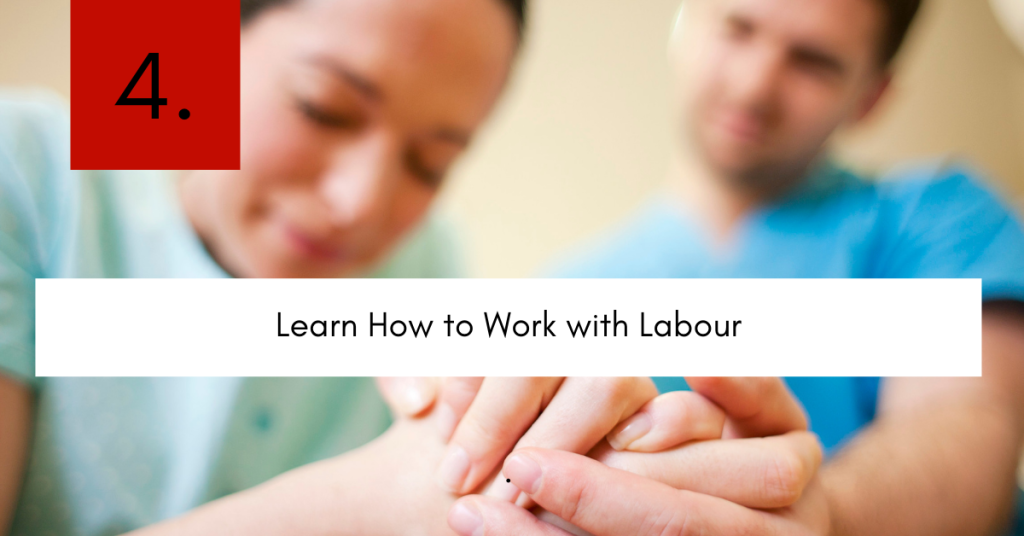How to cut your odds of having a cesarean when you don’t really need one?

In North America, including both Canada and the US, approximately 34% of births occur through C-section, translating to a one in three chance of undergoing this surgical procedure.
Researchers suggest that nearly half of these C-sections may be medically unnecessary.
According to the World Health Organization, 85%-90% of individuals have the potential for a vaginal birth, which is not only safer for the mother but also for the baby. Embracing a vaginal birth is encouraged for its lower risk factors for both maternal and infant well-being.
Ever wondered why the C-section rate is increasing?
Well, it turns out there’s a mix of factors contributing to this trend. The good news? Many of these factors are within your control or influence.
Let’s dive into what you can do to avoid cesarean delivery – because, yes, you’ve got the power to shape your birthing journey.
1. Choose Your Birth Location and Medical Care Provider WISELY

In North America, C-section rates vary widely across hospitals, ranging from 7% to 70%. Even with similar patient situations, significant differences persist. Your choice of birth location profoundly impacts your birthing experience
Healthcare providers exhibit varying C-section rates, not solely determined by patient complexity. Opting for a midwife, especially in low-risk situations, often results in fewer C-sections. Your provider’s alignment with your birthing vision significantly reduces the likelihood of a C-section.

Choosing a medical care provider aligned with your vision dramatically decreases the chance of a C-section. While C-sections are safer now, the increasing rate doesn’t necessarily equate to improved health outcomes. Be perceptive in your choice of birth location and medical team for a more personalized and positive childbirth experience. Remember, it’s never too late to change providers if you’re dissatisfied, ensuring the best fit for your needs.
2. Loving Support During Labour

Research indicates that women receiving strong emotional, mental, and physical support during labor are 26% more likely to achieve a vaginal birth. Your partner can be a vital source of support, and with proper training, their effectiveness increases significantly. Many partners are enthusiastic but may feel uncertain about labor. Therefore, providing them with training is immensely beneficial.
Additionally, having an extra female companion, whether a friend, mom, sister, or a Doula, can make a significant impact. Doulas, in particular, bring specialized knowledge in offering labor support. If you opt for someone else, ensure they receive guidance to provide optimal support during this crucial time.
3. Movement Helps Get Babies OUT VAGINALLY

Studies reveal a game-changing insight!
A Philadelphia hospital achieved a remarkable 10% reduction in C-section rates by embracing a simple yet impactful change – encouraging laboring women to move freely during childbirth. Whether it’s side lying, all fours, or standing and rocking, allowing the body to guide the process aids babies in navigating the birth path more efficiently. This easy adjustment in approach led to significant success.
Furthermore, incorporating movement throughout pregnancy, such as swimming, walking, and yoga, contributes to overall health and lowers the risk of C-section. Explore my collection of prenatal yoga exercises curated for your convenience and effectiveness. Stay active, stay healthy, and enhance your chances of a vaginal birth – even with a larger baby!



Keep in mind that late-pregnancy methods for estimating baby weight lack precision and shouldn’t be the sole basis for scheduling a C-section. Prioritize your health for a more natural birthing experience.
4. Learn How to Work with Labour

Unlock the Secrets to a smooth labor experience by enhancing your birthing wisdom and skills to navigate labor effectively. Opt for a spontaneous start to labor, stay home until in active labor, and consider delaying or avoiding epidurals for a smoother transition for your baby from the womb to your arms.
By mastering coping mechanisms for labor, you not only minimize the need for medical intervention but significantly reduce the risk of a C-section. Studies reveal that intervening in labor can set off a domino effect, leading to more interventions and, ultimately, a higher likelihood of cesarean delivery.

In my Better Birth course, 95% of students achieve vaginal births by learning to work harmoniously with their bodies. You too can enhance your odds for a vaginal birth. Join my free training on “3 Steps to Ease Pain During Labor (without an epidural)” to discover effective ways to handle contractions and increase your chances of a successful vaginal birth. Don’t miss out on this opportunity to gain valuable insights! As a bonus, attendees receive a tool to help select the right care provider, ensuring alignment and resonance for the highest level of personalized care. Secure your spot now for a more empowered and informed birthing experience.
Remember This!!
It’s best to stay pregnant for at least 39-40 completed weeks. By relaxing, waiting to give birth spontaneously, and taking your time during what may be a long labor, you provide your baby with the time he or she needs to get fully ready for life outside the womb. Think positively, remind yourself that you’re in safe, experienced hands, and stay focused and strong. The light at the end of this tunnel is the brightest you’ll ever see.
Dive into my latest YouTube video, where I share expert tips and essential strategies on “How to Avoid Cesarean Delivery”. Your journey to a healthier delivery starts here, click play and embrace the knowledge you need!




